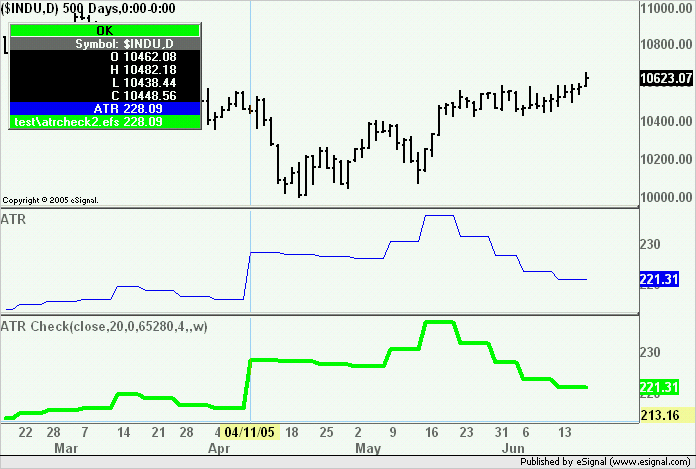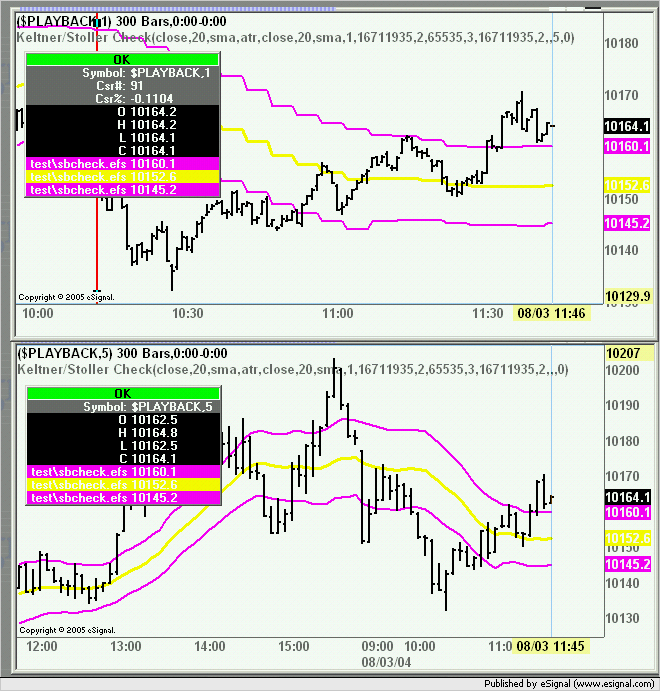Hi Alex
Do you know if the "Draw Line Studies" will function on tick charts with EFS2??? Currently, as I'm sure you are aware, they do not work with tick data.
Thanks
Doug
Do you know if the "Draw Line Studies" will function on tick charts with EFS2??? Currently, as I'm sure you are aware, they do not work with tick data.
Thanks
Doug


Comment